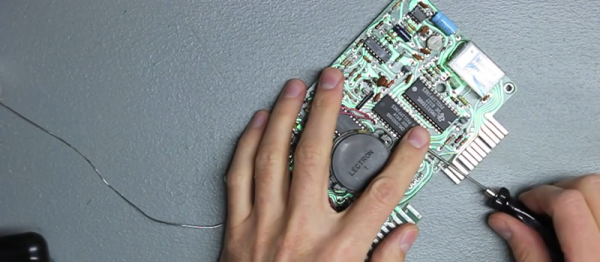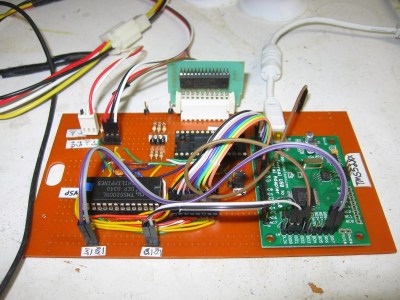Just last week, there was considerable speculation that Microchip would buy Atmel. The deal wasn’t done, and there was precedent that this deal wouldn’t happen – earlier this year, Dialog made an approach at Atmel. Now, though, the deal is done: Microchip will acquire Atmel for $3.56 Billion.
There are three main companies out there making microcontrollers that are neither ancient 8051 clones or ARM devices: TI’s MSP430 series, Microchip and Atmel. Microchip has the very, very popular PIC series microcontrollers, which can be found in everything. Atmel’s portfolio includes the AVR line of microcontrollers, which are also found in everything. From phones to computers to toasters, there’s a very high probablitiy you’re going to find something produced by either Atmel or Microchip somewhere within 15 feet of your person right now.
For the hobbyist electronic enthusiast, this has led to the closest thing we have to a holy war. Atmel chips were a little easier (and cheaper) to program, but were a little more expensive. Microchip’s chips have a very long history and proportionally more proper engineers who are advocates. PIC isn’t Arduino, though, a community that has built a large and widely used code base around the AVR family.
Microchip’s acquisition of Atmel follows several mergers and acquisitions in recent months: NXP and Freescale, Intel and Altera, Avago and Broadcom, and On Semiconductor and Fairchild. The semiconductor industry has cash and wants to spend it. What this means for the Atmel product line is left to be seen. The most popular micros probably won’t be discontinued, but if you’re using unpopular Atmel micros such as the ATtiny10 you might want to grab a reel or two before they’re EOL’d.



















